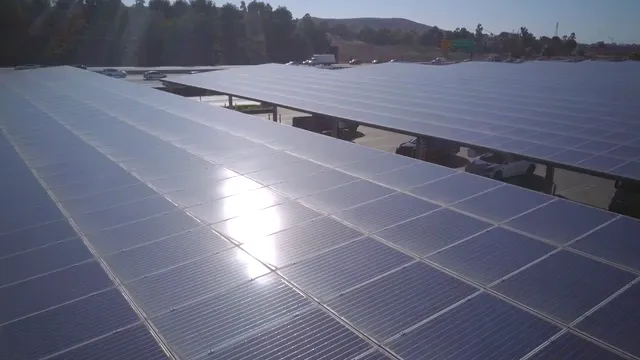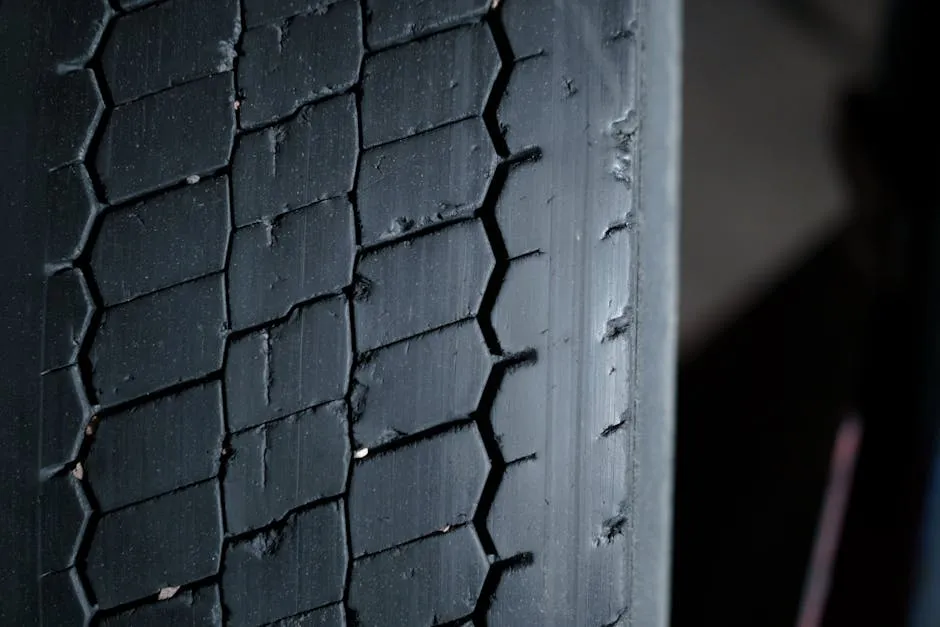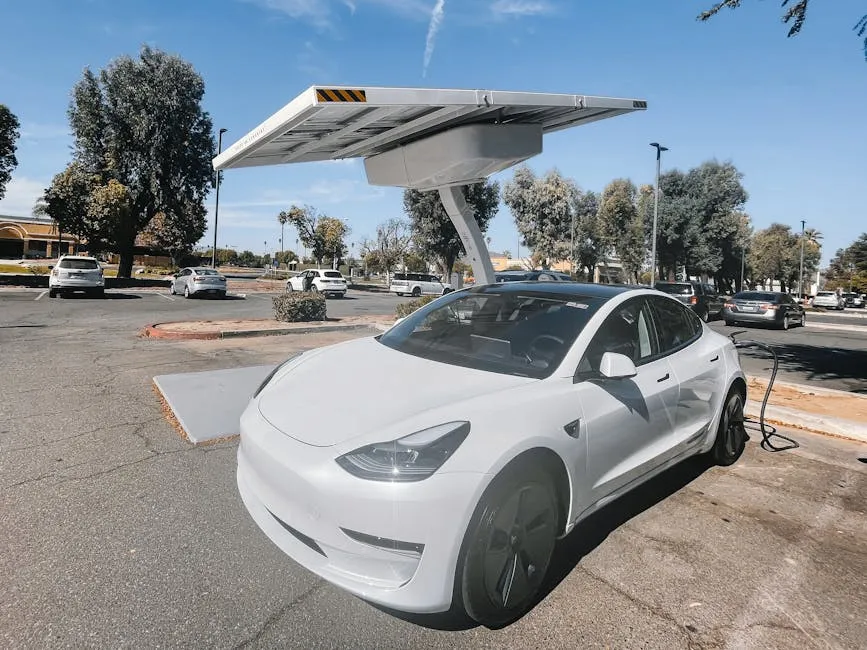
Why is the Weight of Electric Vehicles a Concern for Eco-Friendly Driving in 2024
Introduction
Electric vehicles (EVs) are becoming increasingly popular. They offer a cleaner alternative to traditional cars and help reduce greenhouse gas emissions. However, concerns are growing about EV weight and its impact on sustainability. Heavier vehicles can lead to higher energy consumption, creating challenges for eco-friendly driving.
To keep your EV charged and ready to go, consider investing in a Electric Vehicle Charging Station. It’s a smart move for every EV owner, ensuring you never run out of juice when you need it the most!

Summary and Overview
In 2024, the electric vehicle market is booming. Sales are projected to exceed 17 million units globally, driven by environmental awareness and government incentives. This rapid growth highlights the significance of EVs in reducing carbon emissions. However, the increasing weight of these vehicles raises important questions.
Heavier vehicles consume more energy, affecting overall efficiency. This can strain existing infrastructure, as roadways and charging stations may not be designed for larger loads. Additionally, the environmental impact of larger vehicles cannot be overlooked. It is essential to understand the balance between vehicle weight and eco-friendliness. This article will explore the implications of EV weight on energy consumption, infrastructure, and the environment.

To ensure you’re prepared for any situation on the road, a Car Emergency Kit is a must-have. It provides peace of mind and ensures you’re ready for anything that comes your way!
The Importance of Vehicle Weight in Eco-Friendly Driving
The Physics of Weight and Energy Consumption
The weight of a vehicle directly influences its energy efficiency. Heavier electric vehicles require more energy to operate, which can reduce overall range and increase charging frequency. Research shows that every additional 100 kg can decrease energy efficiency by approximately 1-2%.

For example, a standard EV weighing 1,500 kg might consume around 16 kWh per 100 km. However, a heavier model weighing 1,900 kg could increase energy consumption to 18 kWh for the same distance. This trend is concerning, as it can lead to increased greenhouse gas emissions, especially if the energy source is not renewable.
Statistics also illustrate the impact of weight on energy consumption. A study found that battery electric vehicles typically weigh 300 to 400 kg more than their gasoline counterparts. This added weight can lead to higher wear and tear on the vehicle, contributing to greater overall emissions over time. Understanding these dynamics is crucial for promoting truly eco-friendly driving in the age of electric vehicles.
The Role of Battery Technology
The weight of electric vehicles (EVs) is largely influenced by their batteries. These batteries are essential for powering the vehicle but can add significant weight. Typically, EV batteries weigh between 400 to 1,000 kg, making them the heaviest component of the vehicle. This added weight impacts energy efficiency, range, and overall performance.

Fortunately, advancements in battery technology are underway. Researchers are developing lighter materials and new battery chemistries. For instance, solid-state batteries promise to provide higher energy density while reducing weight. In recent years, some manufacturers have successfully reduced battery weight by approximately 10-20% without sacrificing capacity.
From 2015 to 2023, the average weight of EV batteries has gradually decreased, with notable reductions in lithium-ion battery technology. As production techniques improve, the trend toward lighter batteries is expected to continue. By focusing on innovation, the industry aims to enhance the sustainability of electric driving while maintaining performance.
And while you’re considering battery technology, don’t forget to check out a Battery Management System for your EV. It helps ensure your battery is functioning at its best, keeping your vehicle running smoothly.
Environmental Implications of Heavier EVs
Impact on Road Infrastructure
The increasing weight of electric vehicles raises concerns about road infrastructure. Many cities and towns worry whether existing roads and bridges can safely support these heavier vehicles. For example, EVs can weigh between 300 to 400 kg more than similar gasoline-powered cars. This added weight can lead to increased wear and tear on roads.

Statistics reveal that heavier vehicles can contribute to up to 40% more road deterioration compared to lighter models. In regions like the UK, there are growing calls for assessments of existing infrastructure to ensure safety. Reports indicate that cities with a high number of EVs are noticing more potholes and road damage.
Some experts argue that while most bridges are designed to handle vehicles up to 7.5 tonnes, older structures may require reinforcement. Addressing these potential issues is vital for maintaining safe and reliable transportation systems as EV adoption continues to grow.
Tire and Brake Wear Concerns
The weight of electric vehicles (EVs) significantly impacts tire and brake wear. Heavier vehicles put extra pressure on tires, leading to faster degradation. This wear generates particulate pollution, which poses serious environmental and health risks. A study from the University of Edinburgh found that EVs can cause 20% to 40% more road wear compared to lighter traditional cars. As a result, tire wear emissions from EVs can contribute to air quality issues.

In terms of emissions, research indicates that electric vehicles emit more tire wear particles than gasoline vehicles. For example, a report from Emission Analytics highlighted that electric vehicles can release 1,850 times more particle pollution from brakes and tires compared to modern gas vehicles. This discrepancy arises from the heavier battery packs that EVs typically carry.
The implications for air quality are concerning. Increased particulate matter in the air can exacerbate respiratory issues and cardiovascular diseases. The public health impact may be significant, especially in urban areas where vehicle density is high. As the adoption of EVs grows, addressing these emissions becomes crucial for ensuring they remain a truly eco-friendly option.
To keep your tires in check, a Smart Tire Pressure Gauge is essential. It helps monitor your tire pressure, ensuring optimal performance and safety on the road!
Cost Implications of Heavier EVs
Consumer Preferences and Market Trends
The weight of electric vehicles has notable consequences for consumers. Heavier vehicles often result in higher insurance and maintenance costs. For instance, heavier EVs can lead to increased tire and brake replacements, driving up maintenance expenses over time. According to industry reports, heavier vehicles can have a total cost of ownership that is 10-15% higher than their lighter counterparts.

Insurance premiums may also reflect this weight factor. Insurers often consider vehicle weight when calculating premiums, as heavier cars can incur more damage in accidents. Additionally, potential future regulations might impose fees or taxes based on vehicle weight. For example, a recent referendum in Paris tripled parking fees for heavier vehicles, impacting both traditional and electric models above specified weights.
With the average price of EVs already higher than traditional vehicles, these additional costs can be a deterrent for consumers. As the market shifts toward heavier electric models, understanding these financial implications will be essential for consumers making eco-friendly choices.
For those who want to keep their ride clean and shiny without harming the environment, try an Eco-Friendly Car Cleaning Kit. It makes cleaning your vehicle a breeze while being kind to the planet!
Consumer Preferences and Market Trends
Consumer preferences are shifting dramatically in the electric vehicle (EV) market. Many drivers are gravitating towards larger vehicles, often SUVs, instead of lighter, more efficient models. This trend raises important questions about energy consumption and sustainability.

Recent data shows that nearly 60% of new electric vehicle registrations in 2023 were SUVs and trucks. Interestingly, 32% of consumers cite size as a primary factor in their purchasing decisions. This preference for larger vehicles often comes at the expense of efficiency and environmental impact.
As consumers opt for heavier models, the market responds accordingly. Automakers are now focusing on producing larger EVs, which can contribute to rising energy needs. This cycle of consumer choice influences not only vehicle design but also overall market dynamics. The growing trend towards heavier EVs could pose challenges for achieving sustainability goals. Addressing consumer preferences while promoting lighter, more eco-friendly models will be crucial for the future of electric mobility.
Lightweighting Innovations in EV Manufacturing
Innovations in lightweight materials are changing the landscape of electric vehicle manufacturing. Advanced plastics and composites are at the forefront of these developments, allowing manufacturers to reduce weight without sacrificing safety or performance.

For example, companies like Tesla and BMW are using carbon fiber and aluminum in their latest models, achieving substantial weight reductions. The Tesla Model 3, for instance, saw a weight decrease of about 10% through the use of lighter materials. Moreover, recent studies indicate that switching to lightweight materials can improve energy efficiency by up to 15%.
In 2024, the industry anticipates even greater advancements. Expected reductions in vehicle weight could enhance range and efficiency, addressing consumer concerns over energy consumption. By embracing lightweighting innovations, manufacturers can not only improve vehicle performance but also contribute to a more sustainable future in electric mobility.
And while you’re at it, consider upgrading your vehicle with some stylish Carbon Fiber Car Accessories. They not only look great but also add a touch of modernity to your ride!
Policy Recommendations for Sustainable EV Adoption
To encourage the development of lighter electric vehicles (EVs), policymakers should implement targeted incentives. Financial support for manufacturers investing in lightweight technologies can drive innovation. This could include tax credits or grants that promote research and development in materials like advanced composites and lighter batteries.

Additionally, developing stringent regulations that limit the weight of new EVs can help steer the market towards lighter options. This would not only enhance energy efficiency but also reduce infrastructure strain caused by heavier vehicles.
Consumer education is also crucial. Informing buyers about the environmental impact of vehicle weight can influence their purchasing decisions. Campaigns that highlight how lighter vehicles contribute to sustainability may shift consumer preferences towards more eco-friendly models. By aligning incentives with consumer awareness, we can foster a more sustainable EV market that prioritizes both innovation and environmental responsibility.
Conclusion
The weight of electric vehicles poses significant concerns for eco-friendly driving. Heavier EVs can lead to increased energy consumption and strain on infrastructure. To address these issues, we need innovation in materials and supportive policies that encourage the development of lighter vehicles. Readers should weigh both the benefits and drawbacks of EV weight when making sustainable choices. Understanding these factors is vital for promoting a greener future in transportation.
To learn more about the challenges posed by heavy electric vehicles, check out this insightful article on why Porsche electric vehicles are so heavy.
To keep your EV’s interior neat and organized, a Car Seat Organizer is a great addition. It helps maximize space and keeps everything within reach!
Please let us know what you think about our content by leaving a comment down below!
Thank you for reading till here 🙂
All images from Pexels




